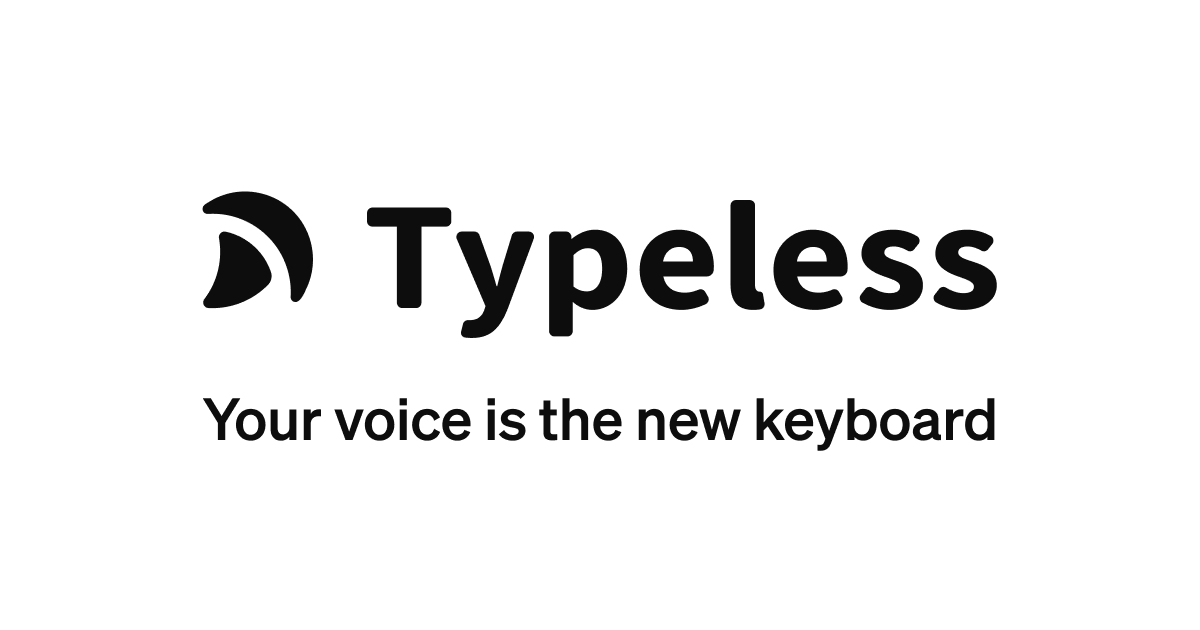
Slurm vs K8s for AI Infra: Academic HPC vs Cloud-Native Reality - the non-ideal solutions
There are a lot of discussions happening in AI infrastructure right now. On one side, we have researchers who trained on Slurm in grad school, comfortable with sbatch train_model.sh and the predictability of academic HPC clusters. On the other side, we have platform engineers who’ve spent the last several years of their career mastering Kubernetes, building sophisticated cloud-native architectures for web-scale applications.
The problem? Modern AI workloads don’t fit cleanly into either world, and we’re watching both communities attempt increasingly creative solutions to bridge this gap.
In the last few years, the developments in the AI infrastructure landscape have been incredibly diverse. Meta has been running distributed training across 24,000-GPU clusters, while OpenAI scaled Kubernetes to 7,500 nodes for GPT-3 training back in 2021. Meanwhile, every startup with a decent model is burning through GPU credits trying to figure out whether to bet on Slurm’s batch scheduling capabilities or Kubernetes’ cloud-native flexibility.
The truth is neither tool was designed for this moment. Slurm emerged from the scientific computing world of ~2003, optimized for fixed clusters running long-batch jobs where every CPU cycle mattered. Kubernetes was born at Google in 2014 to orchestrate stateless microservices that could scale horizontally and fail gracefully. Now both are being stretched to handle AI workloads that combine the resource intensity of HPC with the dynamic scaling needs of modern applications.












